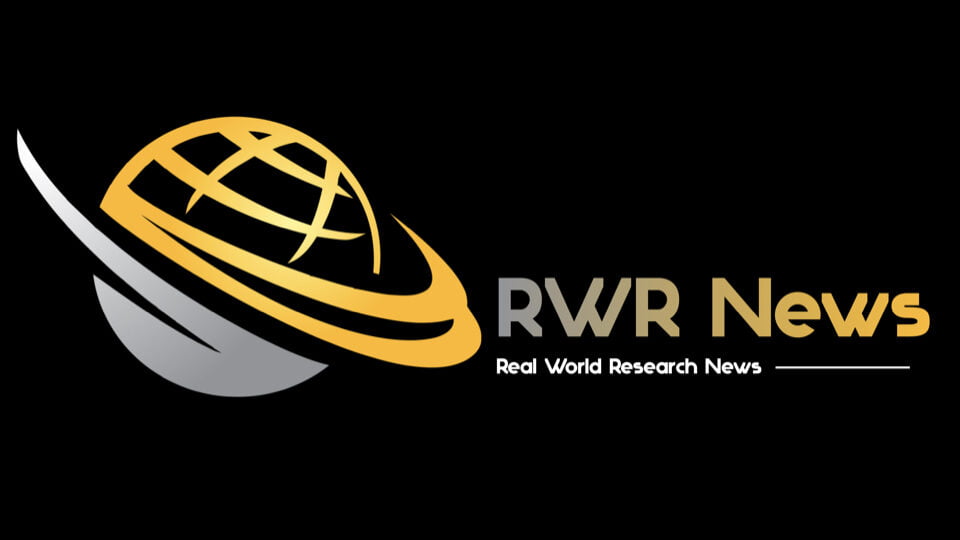
CONTEXT: The headline says it all, it took a pandemic for the US to organise (some) centralised medical data. 6.3 million de-identified COVID patient records now sit in the NIH’s N3C database, avoiding the traditional silo issues that have plagued US health-care data to date. In the UK, researchers have access to 56 million NHS patient records and have produced some of the strongest data on risk factors for COVID mortality and now features of long covid are emerging. With this development, the US now has access to one of the largest collections of covid records in the world, so we expect to see many analyses from this open source data in the coming months.
IMPACT: High
READ TIME: 3 mins
Quality Level Mean [1 – 10]: 9

1. “Collecting and cleaning. Outside of insurance claims databases, most health data collaboratives in the US use a federated model.”
2. “Boland is part of a group using the N3C data to look for whether covid increases irregular bleeding in women with polycystic ovarian syndrome.”
3. “Outside of covid, most researchers have to use insurance claims data to get a large enough database for population-level analyses, she says.”
4. “Several international covid research collectives, including the Observational Health Data Sciences and Informatics (OHDSI, pronounced “Odyssey”), operate this way, avoiding legal and political problems with cross-border patient data.”
5. “It doesn’t require any patient data to move back and forth,” says Boland.”
Source URL: https://www.technologyreview.com/2021/06/21/1026590/us-covid-database-n3c-nih-privacy/
